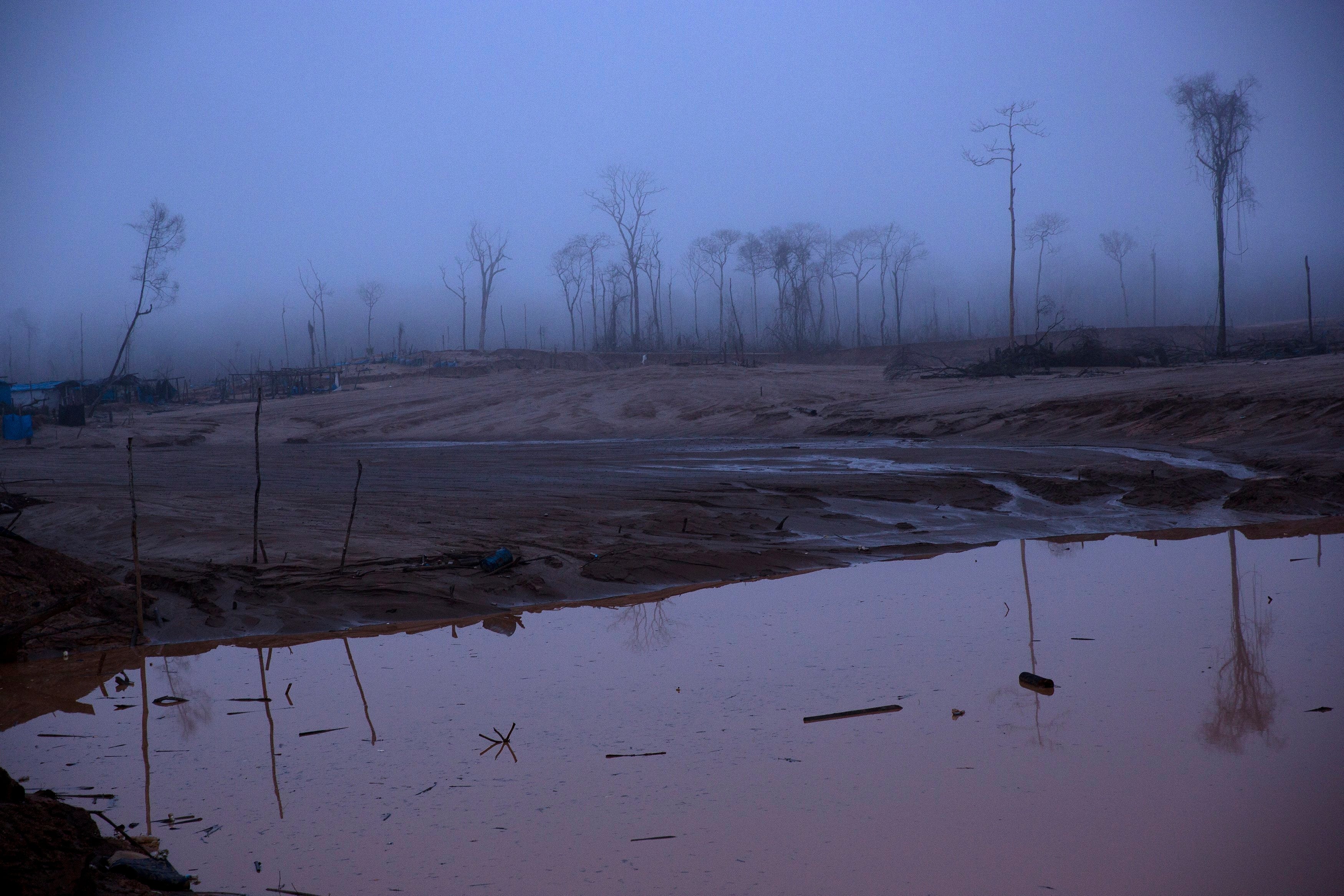Immersed in crisis, Peru neglects Amazon's destruction
Peru has descended into one of the worst political crises in its history and protection of its Amazon rainforest is failing, according to a report published today

Peru has descended into one of the worst political crises in its history and protection of its Amazon rainforest is failing, according to a report published today. Peru is home to the second-largest portion of the Amazon rainforest after Brazil. The country had pledged to stop deforestation by 2021.
The South American country has been immersed in political turbulence since 2016. Corruption scandals and disputes between the executive and legislative branches of government have led to intense turnover — four presidents in five years. Peru’s current President, leftist outsider Pedro Castillo, has already survived two impeachment attempts since he took office in July 2021.
The Peruvian Amazon is massive — larger than Ukraine, some 68 million hectares (168 million acres). It holds the headwaters of the Amazon river as well as Manú National Park, one of the most biologically diverse areas in the world. It's a transition zone between the Andes mountains and the rainforest lowlands, rich in microclimates and ecology.
But the Monitoring of the Andean Amazon Project (MAAP), an initiative of the nonprofit Amazon Conservation Association, reports that deforestation in the Peruvian Amazon has hit six historical highs in the past ten years. The analysis is based on data from the University of Maryland, which has kept records since 2002.
The worst year ever was 2020 when Peru lost around 170,000 hectares (420,000 acres) of Amazon rainforest. Last year, that number declined, but still ranked as the sixth highest on record. Peruvian official data, which only goes through 2020, agrees.
Corrupt actors who benefit from environmental crime, together with the political crisis have resulted in a lack of government ability to fight environmental crime, the report said. "What’s more, the Peruvian government continues to prioritize economic development over the protection of the Amazon rainforest.” The Igarapé Institute commissioned the report from InSight Crime, a non-profit organization focused on investigating crime in Latin America.
As in Brazil’s Amazon, cattle ranching and agriculture are the main drivers of deforestation. Agribusiness companies and poor migrants from other parts of Peru seize land illegally. Other illegal activities that harm the forest are gold mining, logging and coca plantations.
“Agriculture is now firmly established," as the leading driver of deforestation, concentrated in the central and southern Peruvian Amazon, said MAAP director Matt Finer. “This includes both widespread small-scale agriculture as well recent large-scale activities from new Mennonite colonies.”
The report, titled The Roots of Environmental Crime in the Peruvian Amazon, identifies three actors behind deforestation: big businesses, such as palm oil companies; entrepreneurial criminal networks, which profit from the trade in timber, land or drugs, and cheap labor — poorly paid workers who cut down trees and plant coca crops.
The products of these illegal activities end up in other parts of the world. Most of the gold exports go to Switzerland, the United States, India and Canada. Peru's domestic market absorbs most of the timber; what is exported goes mainly to China. Around 28 percent of Peru’s gold production is illegal, according to the InsightCrime investigation, which also estimates that most timber extraction is done without permits.
“The political crisis has distracted us a lot from environmental problems," said former minister of Environment Manuel Pulgar-Vidal in an interview with The Associated Press in Rio de Janeiro, on the sidelines of a meeting on climate change hosted by the Brazilian Center for International Relations, a think-tank. The pandemic and the war in Ukraine have magnified these problems, he said.
The current government also promotes activities like illegal mining and illegal logging, he said. The former minister tied this to the unprosecuted deaths of numerous environmental advocates.
Contacted Monday by phone and email, Peru's Ministry of Environment didn’t respond to requests for comment about the current situation in the Amazon.
The Amazon is the world’s largest tropical rainforest and an enormous carbon sink. There is widespread concern that its destruction will not only release massive amounts of carbon into the atmosphere, further complicating hopes of slowing down climate change, but also push it past a tipping point, after which much of the forest will begin an irreversible process of degradation into tropical savannah.
______
Associated Press climate and environmental coverage receives support from several private foundations. See more about AP’s climate initiative here. The AP is solely responsible for all content.
————-
Bookmark popover
Removed from bookmarks